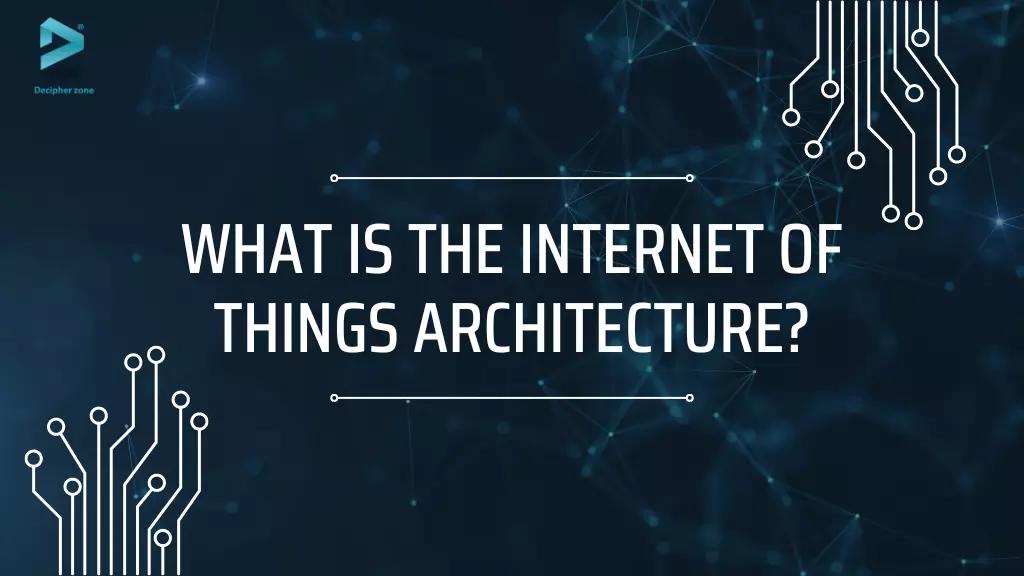The market for the Internet of Things has grown rapidly in recent years, with trends suggesting even more development in the next ten years. The global market is huge in itself at $478.3 billion, with the business market taking up a significant chunk of this share. Enterprise spending on the IoT grew over the last year, with a market of $158 billion.
This can largely be attributed to the large adoption of the IoT in order to lower operating costs and respond to the need for digitization brought on by the pandemic.
IoT architecture has advanced to a point where it has become more scalable and easily available, which makes it an essential piece of the puzzle when trying to navigate changes that come at a rapid and frequent pace. More than simply covering smart devices connected to the internet, IoT is responsible for unfathomably large chunks of data that must be processed every single day.
To truly understand the scope of IoT solutions in business, one must delve into what exactly its architecture is and how this serves in actual use cases.
The Basics of IoT Architecture
Although every project may be different, there are certain factors that are always present in IoT architecture. Varying sources will have their own preferences, but it all boils down to specific elements that represent how the whole structure works.
The first layer is Perception, which is responsible for getting data. This covers all of the devices, clients, and sensors that collect and allow for the transport of data. From there, you need to move toward the Network layer.
Here, you handle the pathways for data to actually transfer through applications, devices, or even servers.
Read: The Impact of IoT on Web Development
Finally, the Application layer completes the route of connectivity. It is not just perceptible but literally interacted with for control or connection. In a general setting, this ends with whatever dashboard or application manages and maintains parts of the whole system.
On a business level, this delves even deeper and includes the high-ranking decisions that must then trickle down to the other layers for the transport of data.
Read: Industry 4.0 Technology Trends and Enablers
In a residential setting, we would see this architecture in how devices interact with each other in a smart home. On a business level, there are various applications for IoT depending on the industry.
The scope has expanded significantly as around 34 percent of organizations in North America and Europe already use IoT technology in their operations.
Examples of IoT Architecture in Use
IoT architecture has a variety of enterprise uses in practice. One of the most impactful and polarizing examples of this is its role in the development of blockchain, particularly in blockchain testing.
The process involves testing the speed, security, scalability, and stability of the application and network before deploying. In order for machines to even be able to transfer private data with each other, the IoT must inherently be a part of the blockchain.
Read: Why Choose NodeJS For IoT Applications
Use cases vary quite drastically from industry to industry. For instance, manufacturing businesses can make use of the IoT architecture to simplify machine monitoring and management.
It can also automate certain processes to increase productivity. For the retail industry, it can create a more efficient logistics and supply chain system using tracking and sensors.
Companies with office spaces can also use this to create a more secure and efficient environment by using employee analytics, security sensors, activity tracking, and RFID.
Read: How Will Blockchain and IoT Impact Supply Chain & Logistics
With the rise of the industrial metaverse and the successful deployment of 5G across regions, experts are expecting the industry to feel a massive shift that will truly alter the course of business in the future.
With further efforts for regulation and better cybersecurity, it’s beginning to look like IoT architecture isn’t seeing any signs of tumbling down soon.

